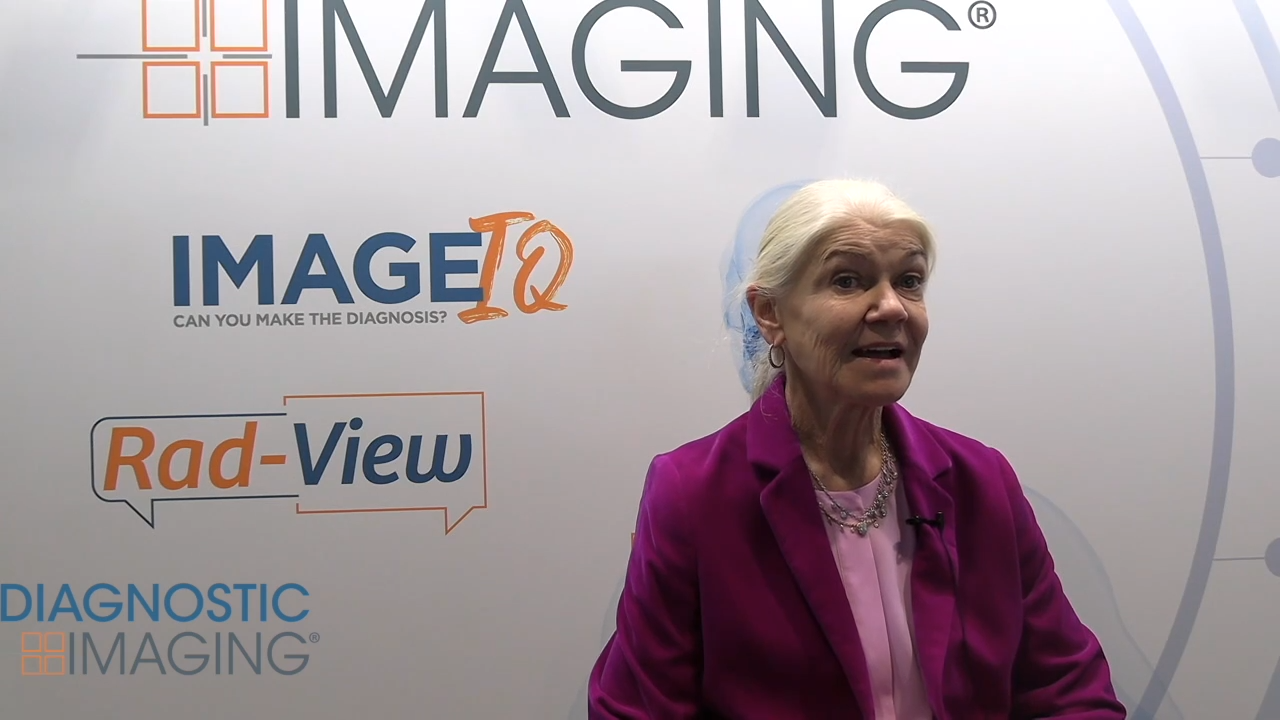How to Make the Most of Your Speech Recognition Software
CHICAGO - Are you getting the most out your speech recognition software? Here are tips for training the tool to record dictations with fewer errors.
CHICAGO - If you’re using speech recognition software, you’re likely saving yourself some time with dictation. But, are you sure you’re getting the most out of the technology? Chances are, the answer is no.
The goal of this tool, David Weiss, MD, a radiologist with Carilion Roanoke Memorial Hospital in Roanoke, Va., told a group at this year’s RSNA annual meeting, is to make your work faster and more efficient. There are strategies you can use to optimize what speech recognition (SR) software can do.
He offered these tips for training your SR software to accurately record your dictations with as few errors as possible.
1. Be consistent in your diction. Always use the same phrases to describe a finding or a process. If you must make a correction, fix the entire phrase rather than a single word. SR software doesn’t identify individual words. It works mainly off of context, so it will eventually recognize certain phrases and record them correctly.
2. Speak in a deeper voice. Most SR software is programmed to respond best to a male voice without an accent. If your software is routinely making errors, try lowering the pitch of your voice to see if that will improve performance. Also, wait a few seconds after pressing record. Most microphones have a slight delay, so if you begin speaking immediately, the SR software won’t be able to catch your first syllables.
3. Monitor your microphone placement. Roughly 25 percent of errors occur because the microphone isn’t placed appropriately. Consider wearing a headset with a microphone during dictation. In many instances, a headset that is tethered to your workstation is preferable to a wireless headset, he said. If too many wireless headsets are in your reading room, the individual frequencies could interfere in each provider’s dictation.
4. Use macros and templates to speed up your dictation and avoid errors for similar reports that you make frequently. Using canned text and blank fields gives you a verbal short-hand that can shave minutes off your dictation time. You can personalize your macros and edit them as necessary.
5. Take the time to manually fix the mistakes your SR software makes repeatedly. If you correct one problem word or phrase during both your morning and afternoon reading sessions, you will have eliminated 50 mistakes from your dictation within a month. If you can’t make these changes yourself, consider asking your IT administrator to help you.
Above all else, Weiss said, choose your SR vendor carefully.
“You want a vendor with a lot of experience,” he said. “Match your vendor to your workflow and how you want to use the SR software. And, don’t forget to consider its interoperability with your RIS or PACS.”
Can MRI-Based AI Bolster Biopsy Decision-Making in PI-RADS 3 Cases?
December 9th 2024In patients with PI-RADS 3 lesion assessments, the combination of AI and prostate-specific antigen density (PSAD) level achieved a 78 percent sensitivity and 93 percent negative predictive value for clinically significant prostate cancer (csPCa), according to research presented at the Radiological Society of North American (RSNA) conference.
The Reading Room: Artificial Intelligence: What RSNA 2020 Offered, and What 2021 Could Bring
December 5th 2020Nina Kottler, M.D., chief medical officer of AI at Radiology Partners, discusses, during RSNA 2020, what new developments the annual meeting provided about these technologies, sessions to access, and what to expect in the coming year.
RSNA 2020: Addressing Healthcare Disparities and Access to Care
December 4th 2020Rich Heller, M.D., with Radiology Partners, and Lucy Spalluto, M.D., with Vanderbilt University School of Medicine, discuss the highlights of their RSNA 2020 session on health disparities, focusing on the underlying factors and challenges radiologists face to providing greater access to care.
New Interventional Radiology Research Shows Merits of Genicular Artery Embolization for Knee OA
December 3rd 2024In a cohort of over 160 patients with knee osteoarthritis (OA), including grade 4 in nearly half of the cases, genicular artery embolization led to an 87 percent improvement in the quality of life index, according to research presented at the recent RSNA conference.
Siemens Healthineers Debuts New Photon-Counting CT Systems at RSNA
December 2nd 2024Debuting at the Radiological Society of North American (RSNA) conference, the new photon-counting computed tomography (PPCT) scanners Naeotom Alpha.Pro and Naeotom Alpha.Prime reportedly combine rapid scan times with high-resolution precision.










